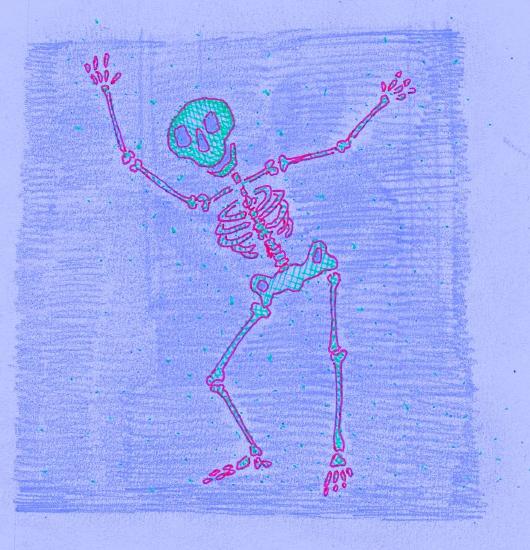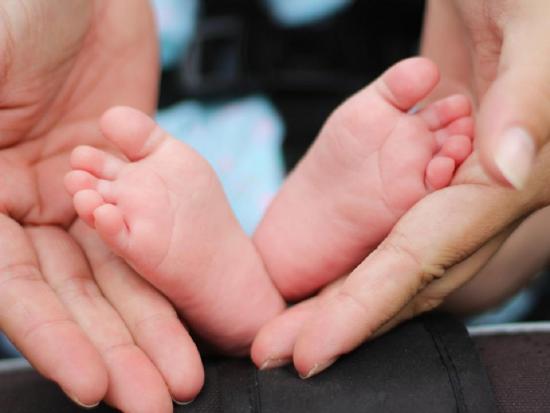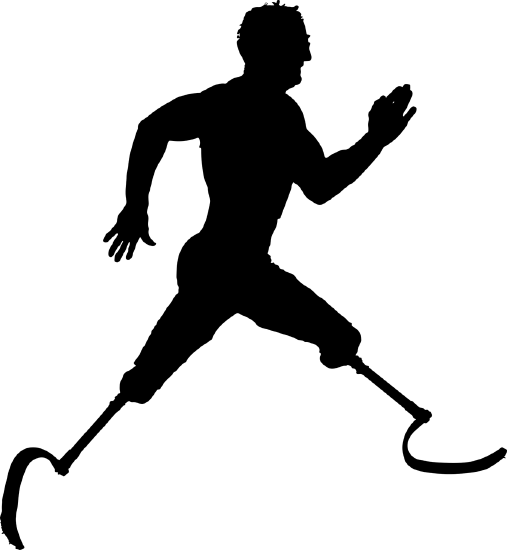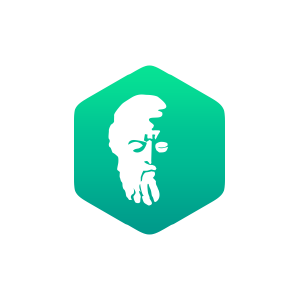3.3: Le corps humain
- Page ID
- 157821
In this section, you will learn how to:
- Identify parts of the human body.
- Express body aches and pains with the expressions "avoir mal à"
Listen to the audio clips that follow on this page to hear the French pronunciation of vocabulary and examples presented.
On étudie !




| Singulier | Pluriel |
|---|---|
| j'ai | nous avons |
| tu as | vous avez |
| il, elle, on a | ils, elles ont |
Pour en savoir plus.
| Contractions avec à + articles définis | Exemples |
|---|---|
| à + le = au | J'ai mal au genou et au pied. |
| à + les = aux | Tu as mal aux dents et aux yeux. |
| à + la = à + la | Nous avons mal à la tête et à la gorge. |
| à + l' = à + l' | Il a mal à l'épaule et à l'oreille. |
Pour en savoir plus.
Les parties du corps
Knowing the parts of the body can come in handy when playing sports, clothes shopping, seeing the doctor, and more. Learn how to talk about your body in French, from head to toe.
| Français | Anglais |
|---|---|
| le corps | body |
| les cheveux | hair |
| la tête | head |
| le visage | face |
| l'œil, les yeux | eye, eyes |
| le nez | nose |
| la joue | cheek |
| la bouche | mouth |
| les lèvres (f.) | lips |
| les dents (f.) | teeth |
| la langue | tongue |
| l'oreille (f.) | ear |
| le cou | neck |
| la gorge | throat |
| le cœur | heart |
| l'estomac (m.), le ventre | stomach |
| le bras | arm |
| l'épaule (f.) | shoulder |
| le coude | elbow |
| le poignet | wrist |
| la main | hand |
| le doigt | finger |
| le dos | back |
| la jambe | leg |
| le genou | knee |
| le pied | foot |
Study the Quizlet vocabulary flashcards. Listen and repeat the French pronunciation.
In French, you don't usually use possessive adjectives to indicate the owner of a given body. Instead, you use a reflexive pronoun (like me below) to indicate the owner, plus a definite article. For example:
Je me lave les mains. (I wash my hands.)
Je laves mes mains. (I wash my hands.)
Additional vocabulary on equipment used with disabilities
Learn more about Using possessive adjectives with parts of the body
Watch these videos to review and practice pronouncing body parts:
- French Body Parts
- French Face Parts
- Tu as deux mains et deux pieds (chanson)
- Une patate (chanson)
On pratique !
Activité A
Le corps. Identify the body parts indicated below using definite articles (e.g., le coude, le bras, etc.)

Activité B
Le visage. Identify the parts of the face using definite articles.

"Taiwanese Face" by 540awei, Openclipart is in the Public Domain, CC0
Do you know the English nursery rhyme « Head, shoulders, knees and toes »?
Here’s a French version:
Tête, épaules, genoux et pieds
Tête, épaules, genoux et pieds
Yeux, oreilles, bouche et nez
Tête, épaules, genoux et pieds
Activité C
Using the expressions "avoir mal à", tell where these people have aches. Make sure to use contractions (au, aux) when needed (m. sing. and pl.) or just the preposition + definite articles: à la or à l'.
- Quand je suis malade, j'ai souvent mal __________ tête et __________ gorge.
- Nicole a eu un accident de vélo et elle a mal __________ jambes et surtout __________ genoux.
- Les bébés ont toujours mal __________ dents quand elles poussent.
- Vous avez trop mangé et maintenant vous avez mal __________ ventre (m.) et __________ cœur.
- Les joueurs de tennis ont souvent mal __________ épaule et __________ poignet après leurs entraînements et matches.
On approfondit ! (Practice only-not graded)
Use the following resources to type accents and/or search for words:
- Accents: ç, à, é, è, â, ê, î, ô, û, ù, ë, ï, ü
- Dictionnaire français-anglais

